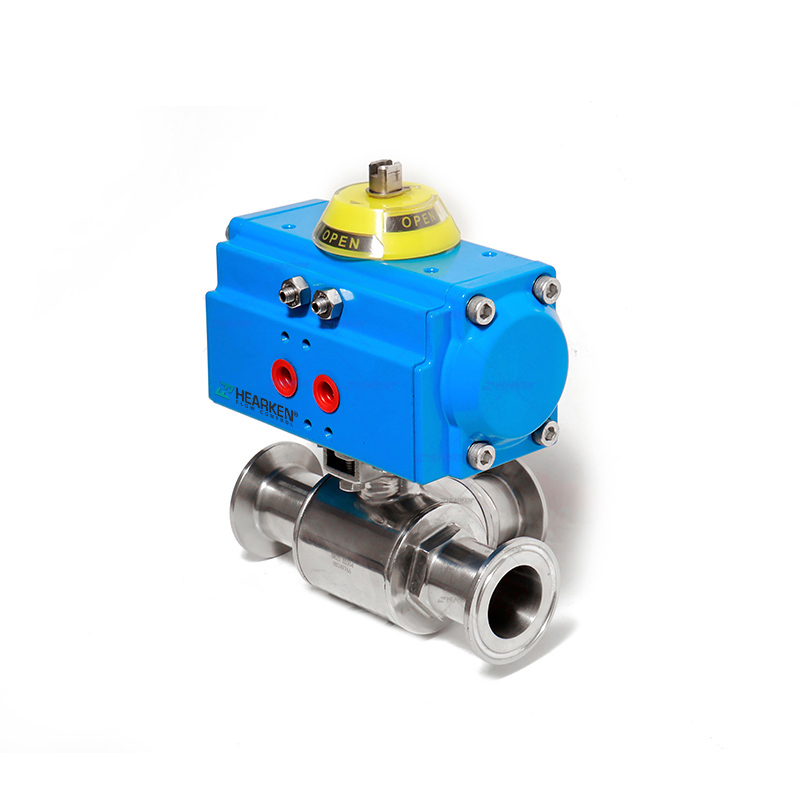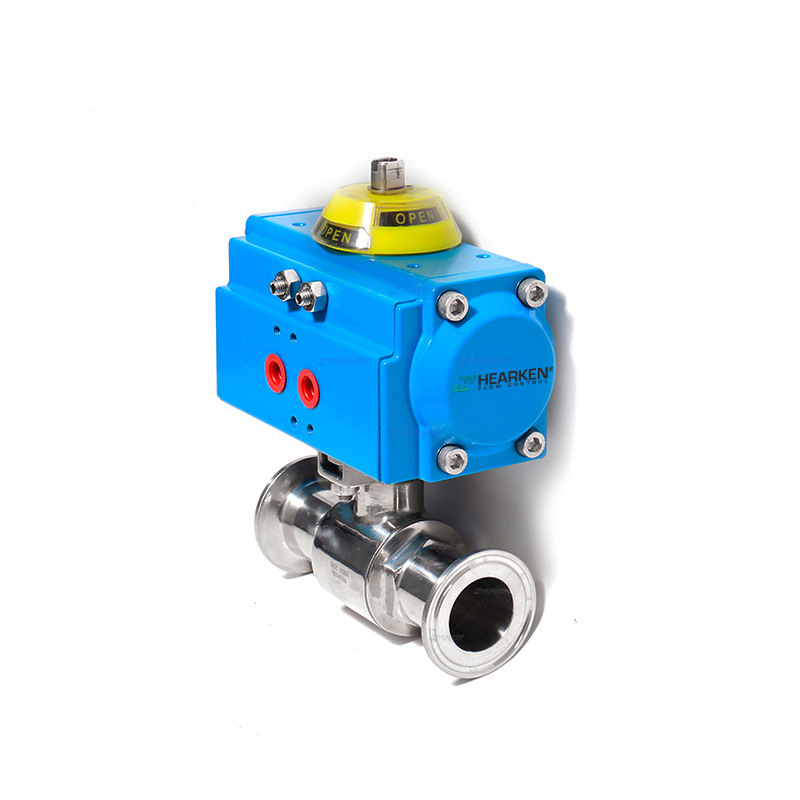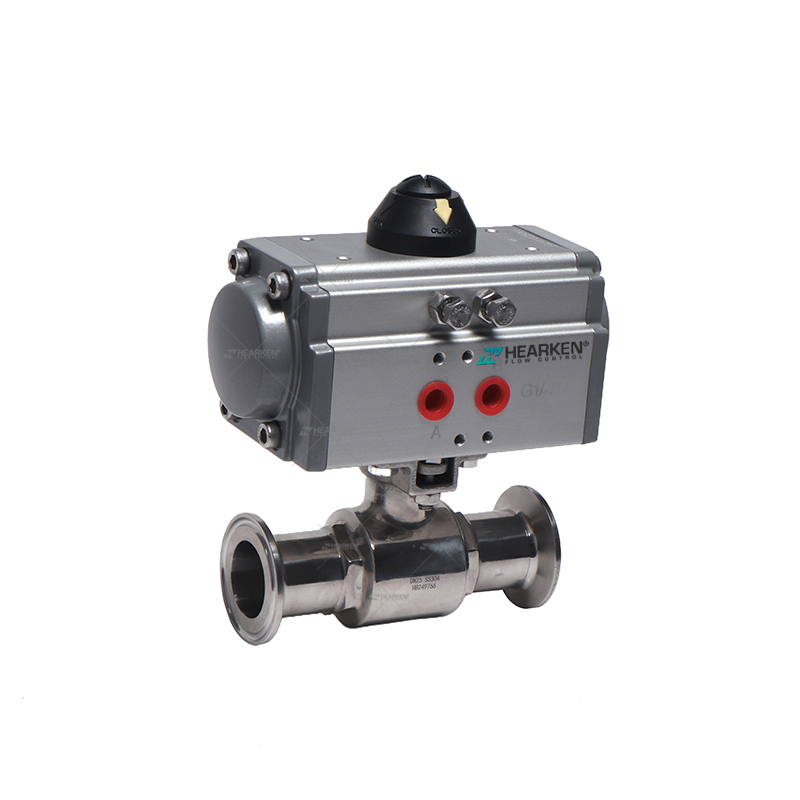Tri Clamp Ball Valve
What is Tri Clamp Ball Valve?
A Tri Clamp Ball Valve is a valve designed specifically for applications requiring sanitary, hygienic or easy-to-clean conditions and is typically made from stainless steel and is often polished to a high finish to reduce the risk of contamination.
Tri-Clamp Connection:
The Tri-Clamp (or Tri Clover) connection is a common sanitary fitting that uses a clamp to quickly assemble and disassemble pipes, tubes, and valves, making it easy to clean and maintain.
What is the Most Common Application for Tri-Clamp Ball Valves?
Sanitary pneumatic Tri-Clamp ball valves are widely used in:
- Beer engineering
- Food engineering
- Chemical engineering
- Pharmaceutical engineering
- Bioengineering
- Water treatmentengineering.
Why Use a 3 Piece Ball Valve?
A 3-piece ball valve offers several advantages over 1-piece or 2-piece designs, particularly in applications where cleanliness, maintenance, and durability are important.
Easy Maintenance: The 3-piece design allows the central body to be removed for cleaning, repair, or part replacement without disconnecting the pipeline, making maintenance more convenient.
Durable and Reliable: Regular maintenance without full removal extends its lifespan, ideal for applications with frequent use.
Sanitary Design: The design allows for complete cleaning and sterilization of internal parts, preventing contamination in hygienic applications.
Customizable Seals and Seats: The 3-piece design often supports different seat and seal materials to match specific applications, allowing the valve to handle higher pressures, temperatures, or corrosive materials as needed.
Can Ball Valves Go Bad?
Yes, ball valves can wear or break over time, especially under high use or harsh conditions. Here are a few reasons why a ball valve may go “bad” or fail:
Damaged seals: A ball valve’s seals or gaskets can wear or degrade in high pressure, high temperature, or corrosive fluids, potentially causing leaks and reduced performance.
Ball wear: The ball inside the valve can wear or corrode, especially in systems where the fluid contains abrasive particles or high concentrations of chemicals. This results in a poor seal, making the valve less effective at controlling flow.
Stuck or jammed: The ball inside the valve can become stuck due to debris, scaling, or corrosion, causing it to open and close properly.
Corrosion or erosion: Ball valves made from materials that are not resistant to certain chemicals or environmental conditions can corrode or erode, damaging internal components and affecting performance.
Excessive operation: Excessive use or improper operation of the valve, such as frequent cycling or forcing the valve open or closed, can cause wear to internal components.
Extreme temperatures: Exposure to temperatures beyond the rated limits of the valve (too high or too low) can cause material degradation, especially of the seals, gaskets, and valve body.
How to Maintain a Ball Valve?
Regular maintenance: Periodic inspection and maintenance help catch wear or damage early.
Proper selection: Ensure the valve is made from appropriate materials for the specific application and fluid.
Correct operation: Avoid over-tightening, forcing the valve, or operating it beyond its rated capacity.
Lubrication: Proper lubrication of moving parts can help prevent sticking and reduce wear.




